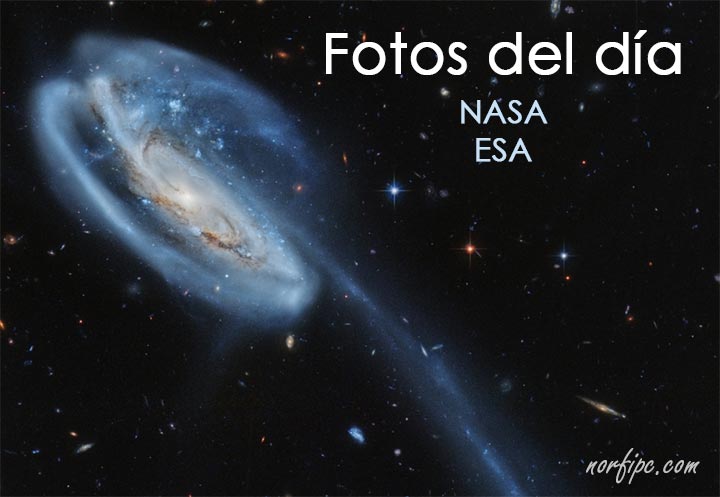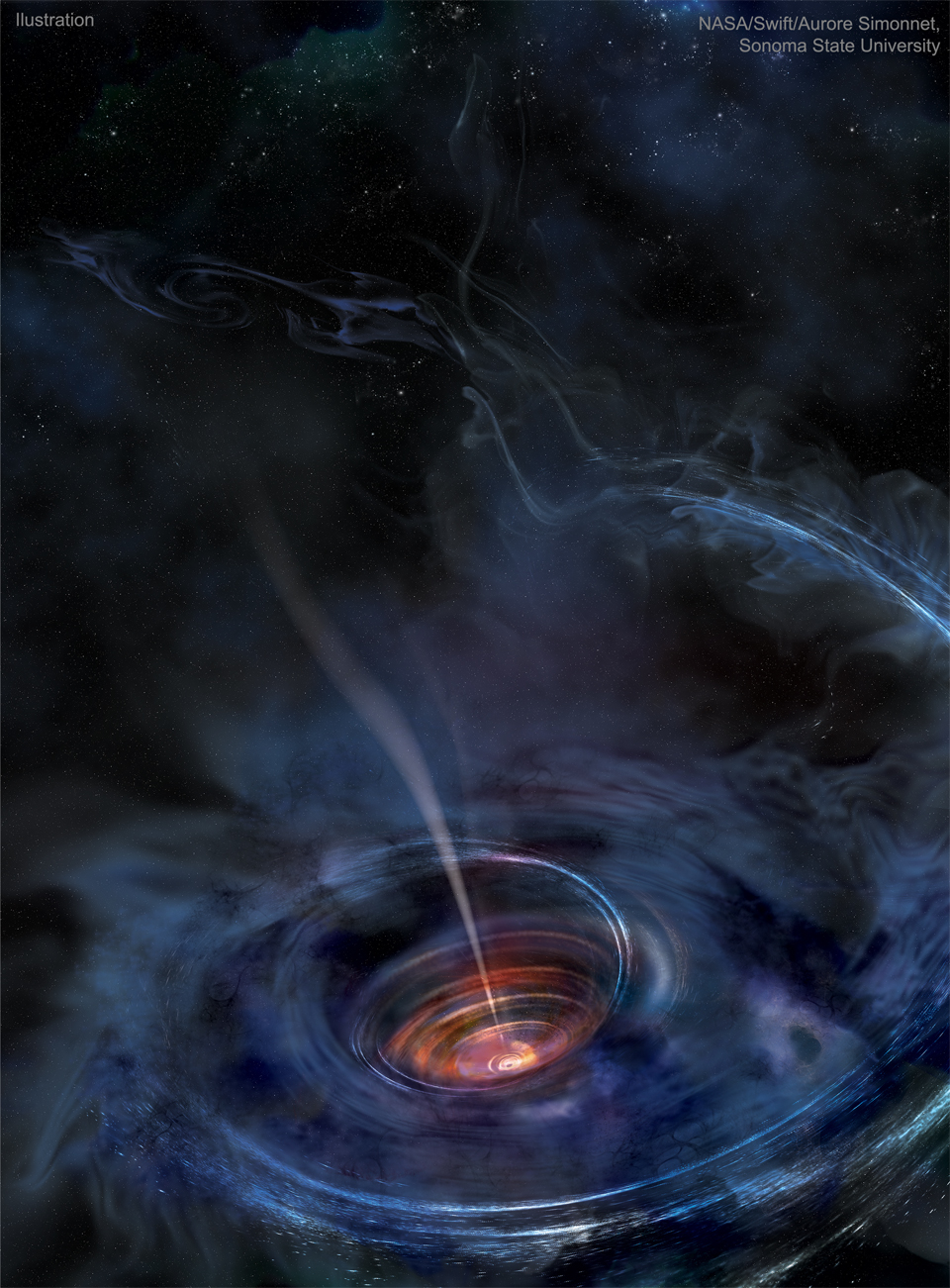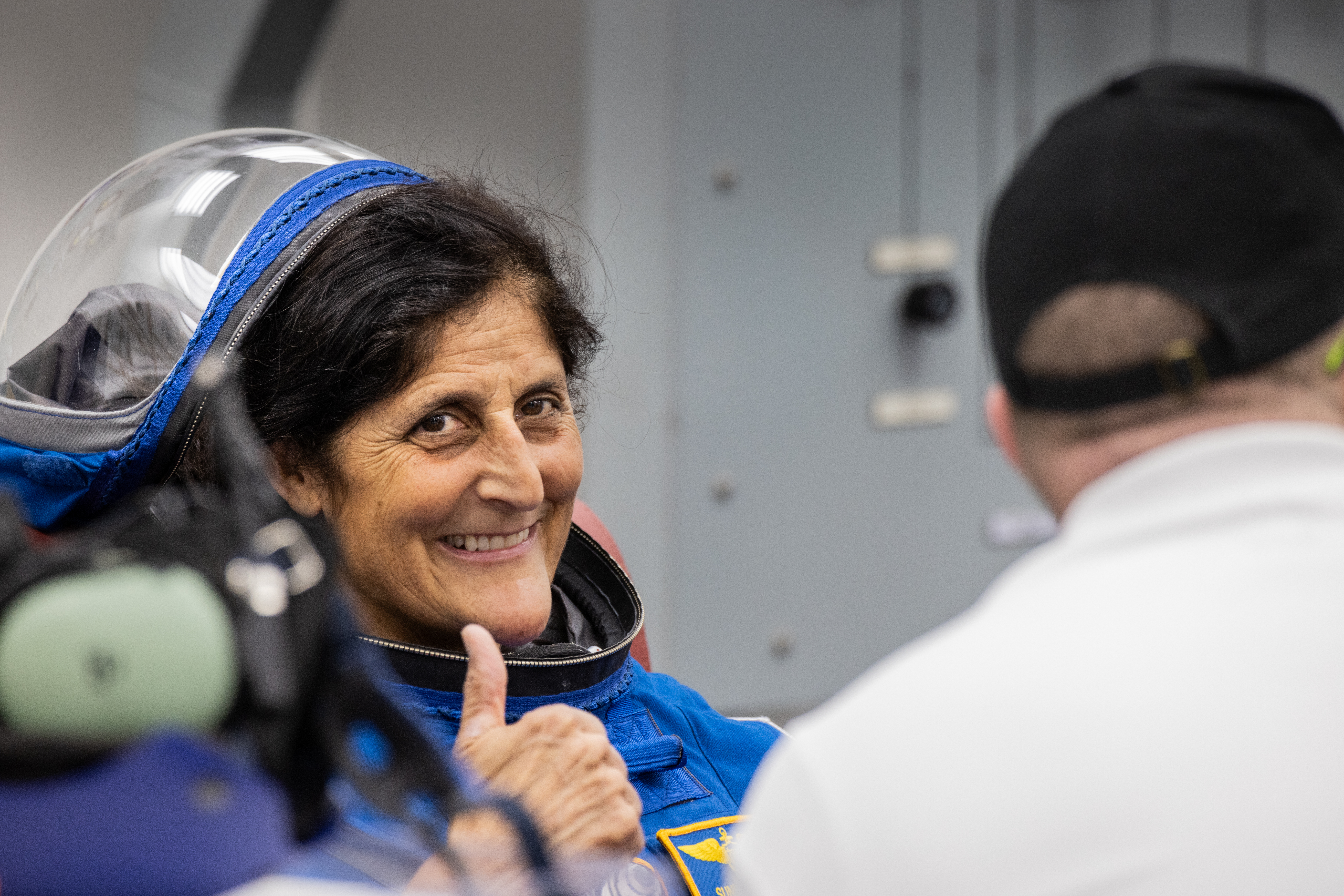Las fotos astronómicas más recientes de la NASA y ESA
Por: Norfi Carrodeguas

La NASA (Agencia Norteamericana de Aeronáutica y del Espacio) y la ESA (Agencia Espacial Europea), publican regularmente en varios de sus sitios web, asombrosas e impresionantes imágenes de la Tierra y del espacio, captadas por los diferentes telescopios terrestres o en órbita.
También lo hacen en varias cuentas de las redes sociales, principalmente en Twitter, como se puede comprobar en otra página: Cuentas de la NASA en Twitter
Todos los aficionados y amantes a la astronomía agradecen estas fotografías.
En esta página que se actualiza automáticamente, se puede ver las fotografías compartidas en las distintas publicaciones oficiales.
Disfrútalas y guarda esta página en las favoritas del navegador.
Las imágenes solo cargan en la medida que nos desplazamos por la página, para evitar el consumo de datos innecesarios.
Las fotos más recientes de la Tierra y del espacio
Astro Picture of the Day (Foto astronómica del día)
Astronomy Picture of the Day, conocido popularmente por sus siglas APOD, es un prestigioso servicio de la NASA, que desde 1995 publica gratis maravillosas fotografías astronómicas.Astro Picture of the Day publica todos los días una imagen de la Tierra o del espacio exterior, con una breve descripción.
Hay copias de las fotografías con diferente resolución, de acuerdo a la web o el sistema empleado, las que se pueden usar libremente.
Se puede acceder a su página principal usando uno de los siguientes enlaces:
Astro Picture of the Day | Astronomy Picture of the Day
Otra opción es seguir la cuenta en Facebook o en Twitter u obtener las imágenes usando el feed RSS.
Además hay aplicaciones móviles disponibles para dispositivos con iOS y con Android.

NASA Image of the Day
Imagen astronómica publicada diariamente en la Galería de imágenes de la NASA, bajo el título "Image of the Day" (Foto del día).La siguiente foto se carga en esta página usando el Feed RSS que brinda el servicio, con una excelente resolución (+4000 px).
Astronaut Suni Williams Prepares for Crew Flight Test

Picture of the Week of NASA/ESA Hubble Space Telescope
Fotografía del espacio publicada semanalmente en el sitio web de la Agencia Espacial Europea (ESA), dedicado al Telescopio Espacial Hubble, el que es administrado conjuntamente por esta agencia y la NASA.Feed RSS
A star forming factory


The celestial object showcased in this week's Hubble Picture of the Week is the spiral galaxy UGC 9684, which lies around 240 million light-years from Earth in the constellation Boötes. This image shows an impressive example of several classic galactic features, including a clear bar in the galaxy's centre, and a halo surrounding its disc.
The impetus for this Hubble image was a study into the host galaxies of Type-II supernovae. These cataclysmic stellar explosions take place throughout the Universe, and are of great interest to astronomers, so automated surveys scan the night sky and attempt to catch sight of them. The supernova which brought UGC 9684 to Hubble's attention occurred during 2020. It has faded from view in this image, which was taken in 2023.
Remarkably, the 2020 supernova in this galaxy isn't the only one that's been seen there — four supernova-like events have been spotted in UGC 9684 since 2006, putting it up there with the most active supernova-producing galaxies. It turns out that UGC 9684 is a quite active star-forming galaxy, calculated as producing one solar mass worth of stars every few years! This level of stellar formation makes UGC 9684 a veritable supernova factory, and a galaxy to watch for astronomers hoping to examine these exceptional events.
[Image Description: A spiral galaxy in the centre of a dark background, surrounded by a few distant galaxies and nearby stars. The galaxy is tilted diagonally and partially towards the viewer. Its disc is cloudy and threaded with dust, without clear arms. A bar of light extends across the disc from the glowing core. A faint halo of gas surrounds the disc.]
Links
Últimas fotos de Explore Earth, de la NASA
Explore Earth es otra sección del sitio web de la NASA, dedicado a nuestro planeta.Publican activamente contenido de interés, el que también se puede encontrar en su cuenta de Twitter NASA Earth, de la que impregnamos a continuación en esta página, las tres últimas publicaciones.
NASA Earth
Para aficionados a la web o desarrolladores
La primera de las imágenes se escribe en esta página, usando la librería de PHP "simplehtmldom", que permite capturar cualquier elemento HTML en una página de internet.Las restantes imágenes se escriben con PHP, extrayendo los datos del Feed en formato XML que proporcionan estos servicios para lectores habituales de noticias, como explico en el siguiente artículo: Extraer con PHP contenido de un XML
Páginas relacionadas
✓ Las mejores fotos e imágenes de la Luna
✓ Imágenes y fotos espectaculares del universo y espacio exterior
✓ Efemérides y fechas destacadas de la exploración del universo
✓ Los mejores sitios y páginas de internet sobre astronomía
✓ Clasificación de los objetos estelares en la astronomía
✓ Últimas noticias y publicaciones de la NASA en Twitter
Comparta esta página